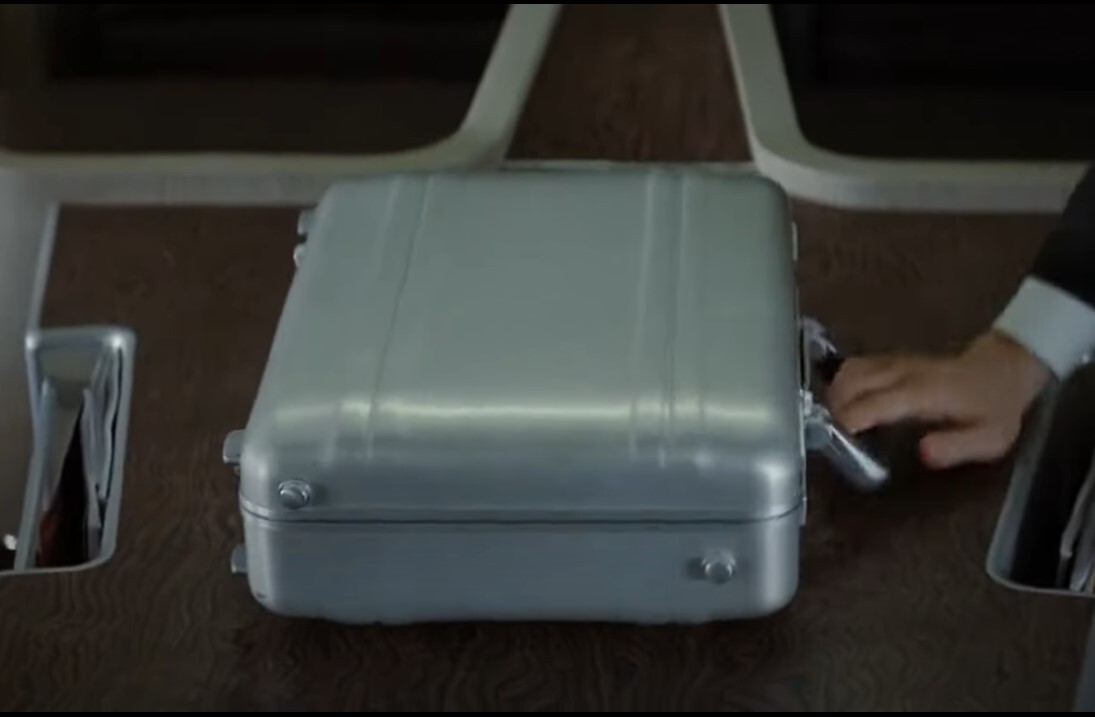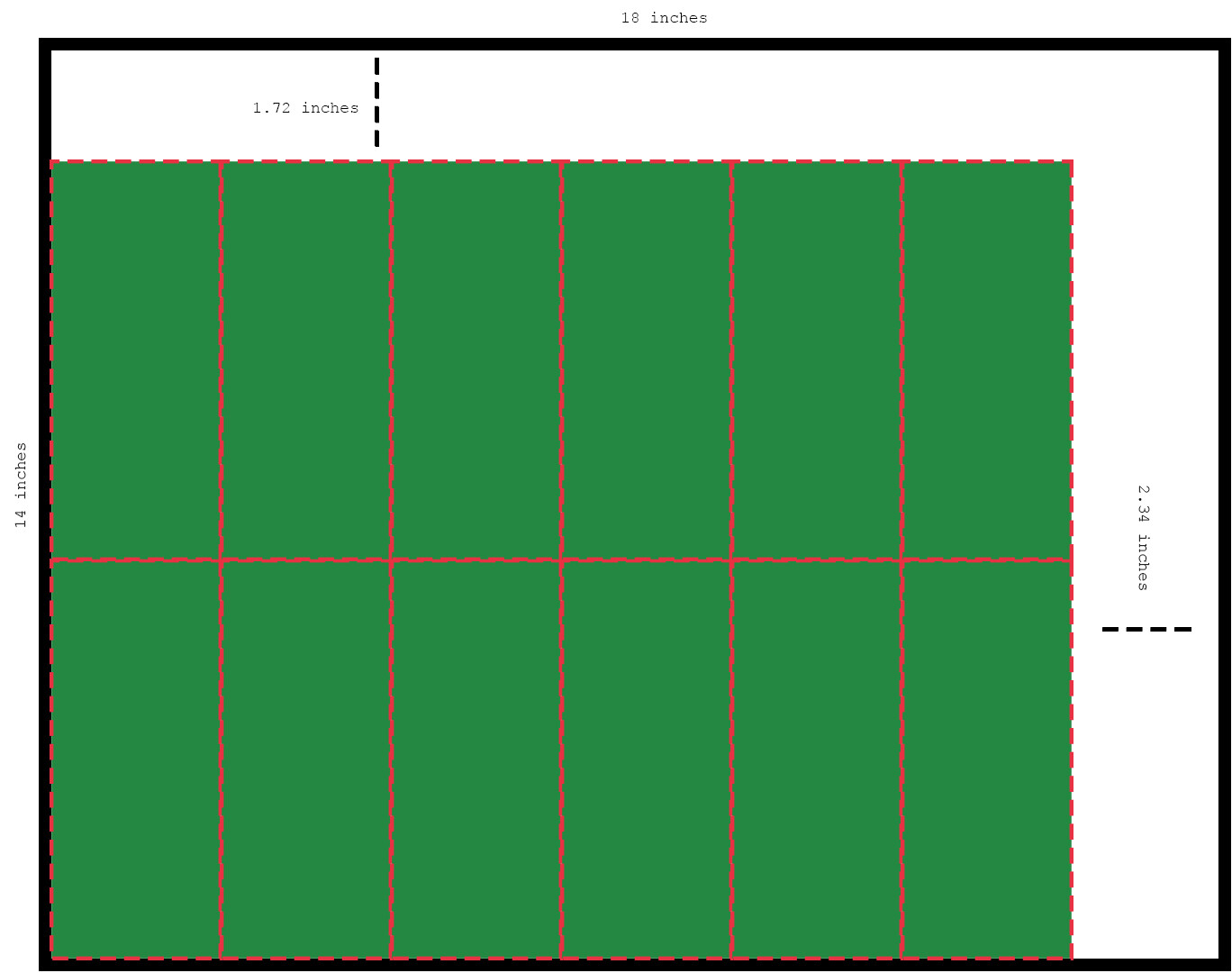This Is How Much Money Can Fit in a Standard Briefcase

The money-filled briefcase is a movie classic. If you’ve got a significant amount of cash to hand over in any sort of nefarious professional setting, chances are it’s coming in a briefcase — usually metal, possibly with a handcuff to ensure that it isn’t separated from its carrier. It’s a nice, convenient carrier, rectangular like the paper bills it contains, and lends itself to dramatic rotations and openings during negotiations.
When the contents are finally put on display, it’s pretty predictable what they will look like. A series of perfectly snuggled cash stacks next to each other, as if the briefcase had been custom-designed to hold one ransom’s worth. It doesn’t even really matter what the amount desired is, it always seems to come out to exactly one case, as if the money expands to fill the space like a gas.
I get that it’s all for the sake of aesthetics. Carrying two briefcases, one with a bit of overflow knocking around inside, isn’t as clean. Conversely, as Dodgeball famously pointed out, a less-than-fully loaded case is highly underwhelming in its own way. “Haha I thought it was going to be stacks and stacks of money but then when I saw only 1 stack I just lost it,” popos22 wrote beneath a YouTube clip of the Dodgeball gag, speaking for all of us.
But if a briefcase were loaded up properly with cash, what would be the exact amount of money in there?

First, let’s establish the briefcase we’re working with. Thanks to a Reddit post, the go-to “silver briefcase” you’re likely to see in a movie is a specific one: the Zero Halliburton Classic Aluminum Attache Case. No, an attache isn't technically a briefcase, but that’s not what we’re here for, so I’m gonna keep it moving.
There are two sizes (small and medium), but based on the trademark case’s appearance in Inception, and the fact that the small is only a foot in height, we can guess the movie standard is the medium size. Its listed dimensions are 18x14x5 inches. A U.S. paper bill is 2.61 inches wide and 6.14 inches long. That makes our best bet for usage of at least the basic two dimensions to be two rows of six bills each, as illustrated below.

I’ll get to that empty space in a moment, but with U.S. bills being .0043 inches thick, it’s simply a matter of calculating 5 inches divided by 0.0043, which gives us 1,162.79 bills. 1,162 (I’m rounding down even though compression might allow another bill to be crammed in) times 12 gives us 13,944, which, assuming they’re made up of the traditional Benjamins, means $1,394,400.
If you want all your money to lay neatly and square, and don't mind a little negative space, there's your answer.
Since I’m this far down the rabbit hole, though, let’s see what it would be if we were truly trying to min-max, to the tune of filling those unsightly gaps on the sides with bills placed on their side.
For starters, we’ll drop in two stacks of sideways hundos next to the existing rows, where the 2.34 spare inches allows two stacks of 544 hundred dollar bills, for an additional $108,800. Then, we’ll fill in sideways bills along the top, which would allow for two stacks that are 1.72 inches deep each. This, remarkably, is exactly enough space for 400 bills a piece. Adding another $80,000 to our total.
This will still leave a little cube of unused space in the top that measures out to 5.72x1.72x5 inches. Fitting any more would be impossible without complicated bill origami, so I’m going to exclude it both based on the ceiling of my math skills and the fact that it would look messy. Meaning that with both central stacks and filled side spaces, a metal suitcase stuffed to the gills would contain $1,583,200.
There’s your answer, for what it’s worth. Pun completely unavoidable.





